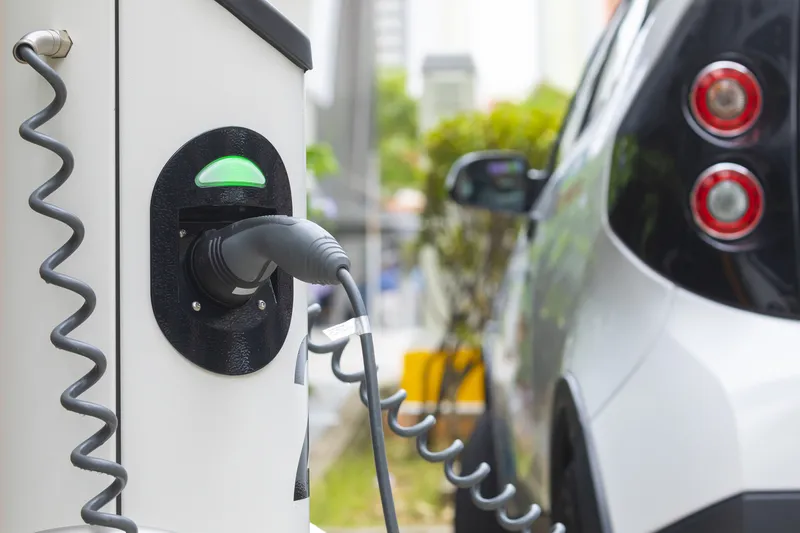China’s State Council has released a white paper that explores the possible business development model for electric vehicles in the country. After comparing the differences between electric and conventional gasoline vehicles, the white paper points out the market barriers faced by EVs in China: limited range when compared to gasoline, high cost, slow charging and insufficient charging stations The paper argues that China needs to develop an innovative business model to overcome these market barriers since t
October 11, 2012
Read time: 2 mins
China’s State Council has released a white paper that explores the possible business development model for electric vehicles in the country.
After comparing the differences between electric and conventional gasoline vehicles, the white paper points out the market barriers faced by EVs in China: limited range when compared to gasoline, high cost, slow charging and insufficient charging stations
The paper argues that China needs to develop an innovative business model to overcome these market barriers since the technical barriers cannot be solved immediately, and supports an approach whereby a battery swapping model and an electric vehicle rental network combined could provide the means to overcome the market barriers that electric vehicles currently face in China.
The paper maintains that battery swapping is suitable for the Chinese market and can potentially overcome electric vehicle weaknesses of slow charging, high initial cost and limited range, provided sufficient battery switch stations are available. An EV rental network in cities is the preferable solution for reducing initial cost of purchasing electric vehicles, and could optimise EV utilisation.
The paper points out the potential for electric vehicles to be mass marketed in China, an argument supported by the successful e-bike market in the country. Unlike many western counties, electric bikes are not niche products but widely used in China, where there were already 120 million e-bikes on the road by the end of 2010. The same success story could be attainable in the EV market.
After comparing the differences between electric and conventional gasoline vehicles, the white paper points out the market barriers faced by EVs in China: limited range when compared to gasoline, high cost, slow charging and insufficient charging stations
The paper argues that China needs to develop an innovative business model to overcome these market barriers since the technical barriers cannot be solved immediately, and supports an approach whereby a battery swapping model and an electric vehicle rental network combined could provide the means to overcome the market barriers that electric vehicles currently face in China.
The paper maintains that battery swapping is suitable for the Chinese market and can potentially overcome electric vehicle weaknesses of slow charging, high initial cost and limited range, provided sufficient battery switch stations are available. An EV rental network in cities is the preferable solution for reducing initial cost of purchasing electric vehicles, and could optimise EV utilisation.
The paper points out the potential for electric vehicles to be mass marketed in China, an argument supported by the successful e-bike market in the country. Unlike many western counties, electric bikes are not niche products but widely used in China, where there were already 120 million e-bikes on the road by the end of 2010. The same success story could be attainable in the EV market.










